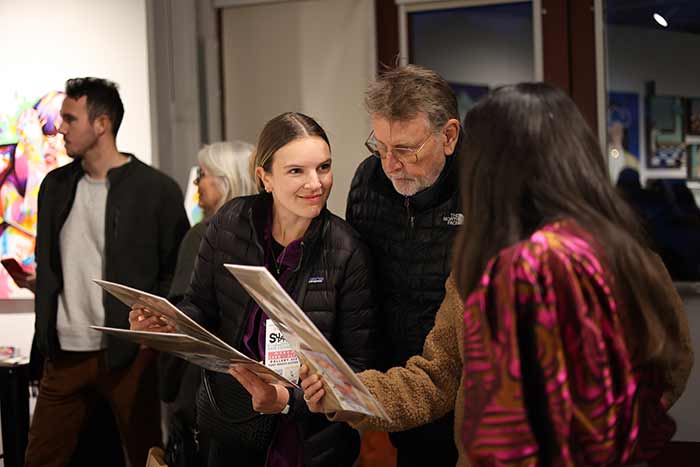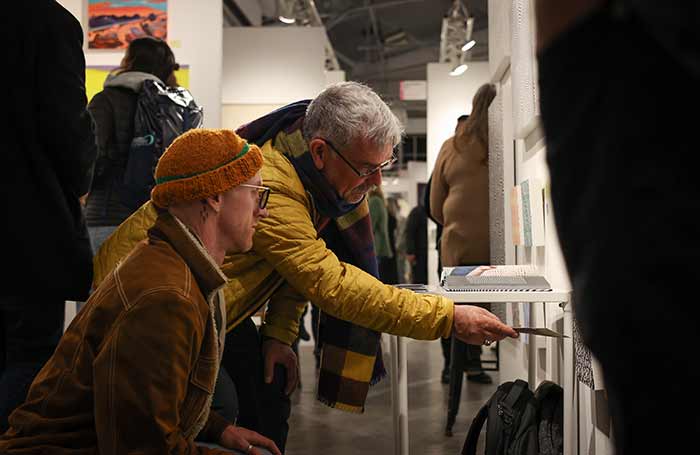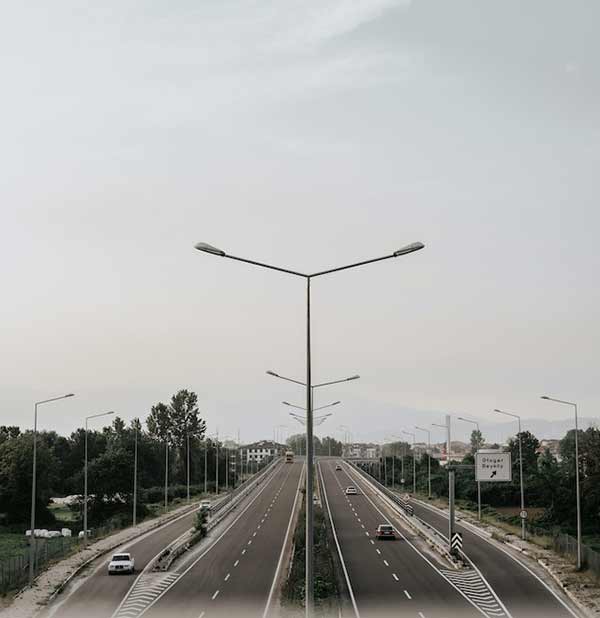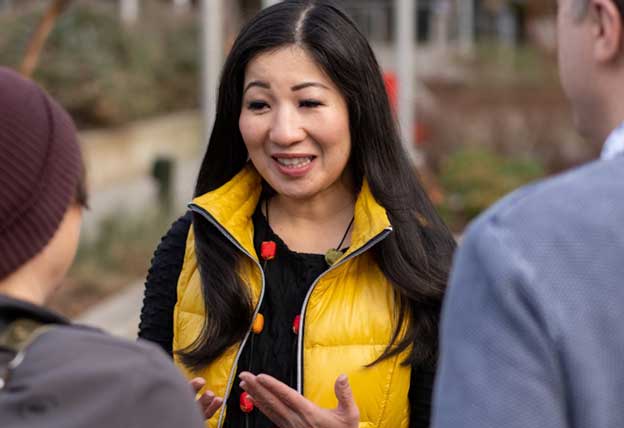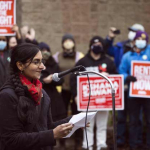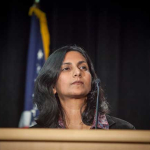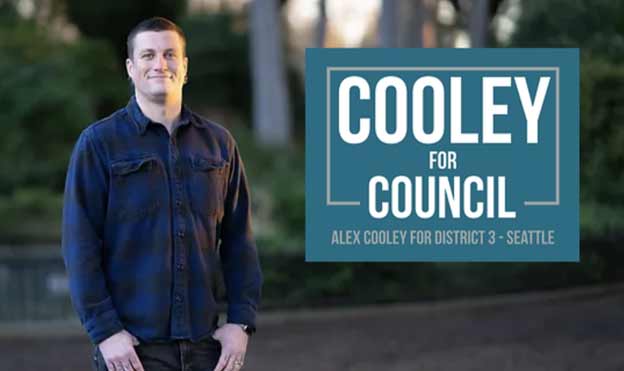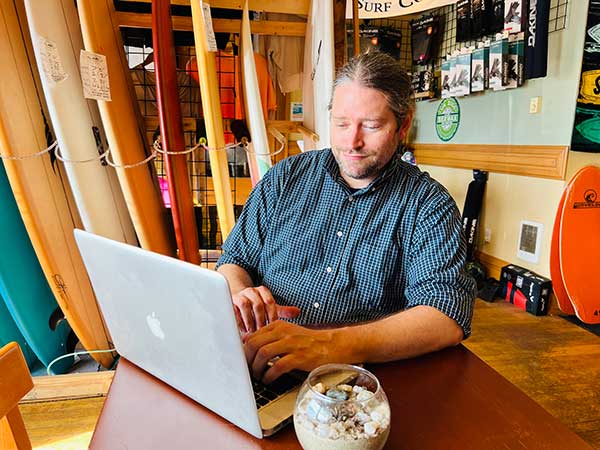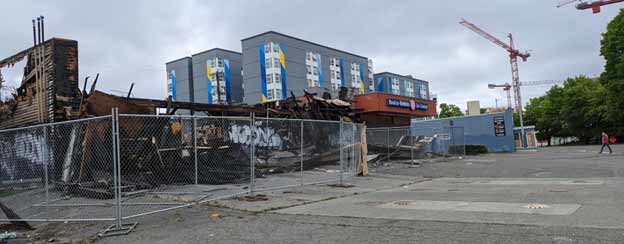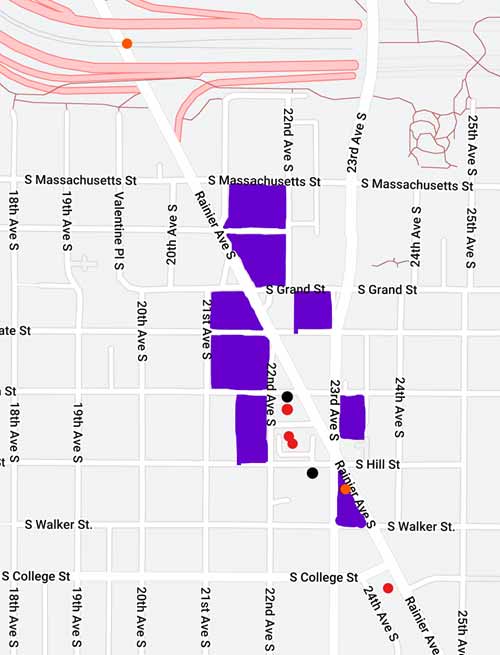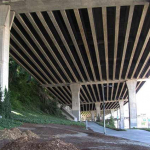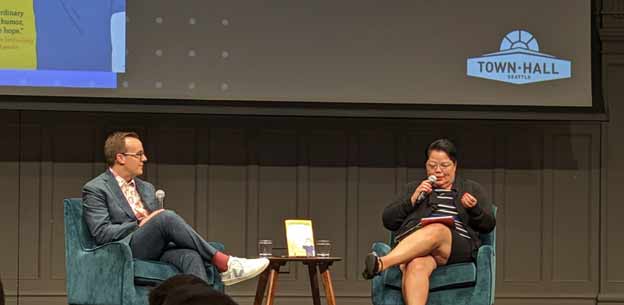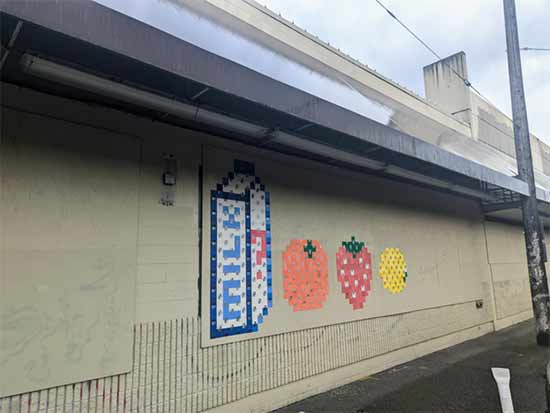What Is Seattle’s Bumbershoot Music Festival?

Bumbershoot, hosted annually in Seattle, Washington, stands as a renowned international music and arts celebration. Recognized as one of the grandest festivals of its kind in North America, it graces the Seattle Center – a sprawling 74-acre site constructed for the 1962 World’s Fair – every Labor Day weekend.
The festival’s roots trace back to 1971 when it was initiated as the “Mayor’s Arts Festival” or “Festival 71”, funded by the city with a budget of $25,000. This festival aimed to uplift the city’s spirits during a local economic downturn, attracting 125,000 attendees. With innovative attractions such as light shows and electronic jam sessions, it garnered significant attention. Only a year later, the festival, renamed “Festival 72”, saw 175,000 guests. By 1973, it adopted its current moniker, “Bumbershoot”, expanding to accommodate 200,000 attendees over five days. Over the subsequent years, it witnessed steady growth in duration and attendance.

In 1980, One Reel, a Northwest non-profit, took over the festival’s production, retaining control even when Seattle Center attempted to reclaim it in the mid-1980s. In 2008, a collaborative agreement was forged with AEG Live, a global entertainment promoter, aiming to bolster bookings and sponsorships. However, this collaboration came to an end in 2019, after a five-year production tenure. Regrettably, the 2020 and 2021 festivals were suspended due to the global health crisis, and the 2022 event was postponed to revamp for its 50th-anniversary celebration in 2023.
Bumbershoot remains accessible to all age groups, with children under ten enjoying free entry. The festival remains committed to its schedule, come rain or sunshine. If you visit this event, be sure to come early because there is lots of traffic and people (over 100k come to the event).
September 2023 prices were $130 for general admission and $75 for a single-day pass.





